About Us
Intellectual Smart is a vendor and system integrator of complex Smart Cities and Intelligent Transport Systems. We manufacture state-of-the-art functional equipment as well as software with which we create our systems for your benefit. We have extensive implementation experience that we offer you for your projects.
-
Our Mission
We work to improve the quality of life for every citizen and sustainable urban development as a whole.
-
Our Valuables
Work for the future. City for citizens. A pleasant environment for everyone.
-
Individual Approach
Our company works according to the principle of individual approach to every client. This method lets us to get success in problems of all levels.
Benefits
Practice gives the following values of the achieved effects of the implementation of ITS

Ecology
Reducing emissions of harmful substances after the successful implementation of an intelligent transport system makes the environment cleaner and life more comfortable.
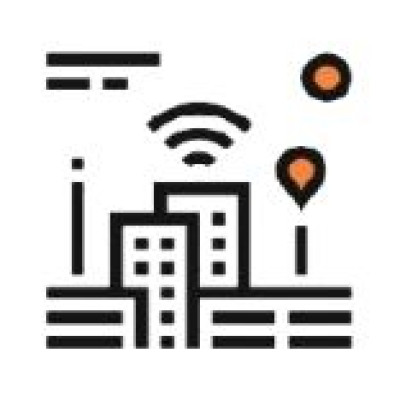
Efficiency
Intelligent transport system improves the efficiency of road traffic and the quality of transport services
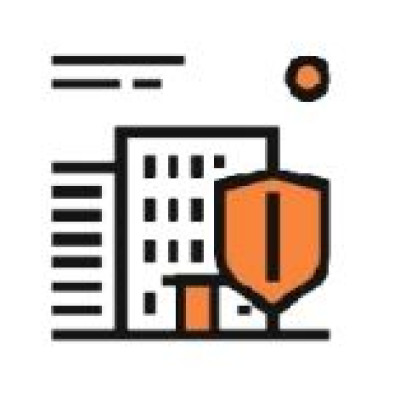
Safety
Reduction of accidents on the roads by 15 % Reduction of the average travel time by 30 % Increasing the speed of response to incident by 25 %
Products & Services
We have a wide range of solutions to make life more comfort and safe
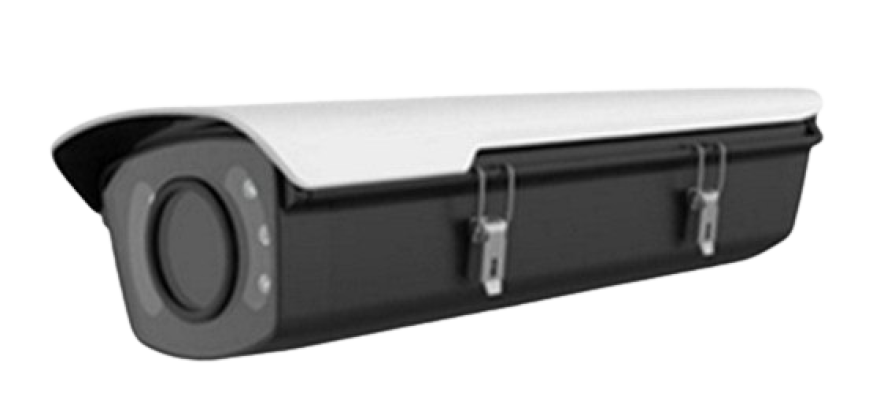
GENUS video detector
- Control of the number of vehicles, flow density, speed, time span between passing cars;
- Use as stationary and mobile traffic metering points;
- Determining the length of the queue of vehicles.
GENUS video detector
Video detectors:
- Take into account traffic in the area from 15 m to 300 m distance in front of the stop line in each lane;
- Control of the flow intensity (number of vehicles, flow density, time interval between passing cars, in each lane;
- Control of the average speed of the traffic flow;
- Traffic control at intersections (traffic light control, early detection of accumulating traffic);
- Motorway traffic control and accident registration systems;
- Traffic flow control at motorway entrances;
- Determining the length of the queue of vehicles;
- Use as stationary and mobile traffic monitoring points;
- The detector provides the function of detecting moving and stationary vehicles in a controlled area in each lane;
- Vehicle type recognition by classification: passenger/medium-sized/cargo/bus;
- Control of numbers of moving cars;
- Protection from UV rays and water;
- Operating temperature from -30 ° C to + 60 ° C;
- Housing with minimum protection: IP67;
- Standard: CE en 50293, RoHS;
- Image Sensor 1/2.8”2Megapixel progressive CMOS;
- Max. Resolution 1920 (H) ×1080 (V);
- Scanning System Progressive;
- Electronic Shutter Speed Auto/Manual 1/3 s–1/100000;
- Min. Illumination 0.002 Lux @F1.6;
- Pan/Tilt/Rotation Range Pan: 0°–360° Tilt: 0°–90° Rotation: 0°–360°;
- Lens Type Fixed-focal;
- Focal Length 2.8 mm 3.6 mm;
- Max. Aperture F1.6 F1.6;
- Field of View 2.8 mm: Horizontal 106° × Vertical 56° × Diagonal 126° 3.6 mm: Horizontal 87° × Vertical 46° × Diagonal 104°;
- Video Compression H.265; H.264; H.264B; MJPEG (only supported by the sub stream);
- Smart Codec Smart H.265+/ Smart H.264+;
- Video Frame Rate Main stream: 1920 × 1080 (1 fps-25/30 fps) Sub stream: 704 × 576 (1 fps-25fps) 704 × 480 (1 fps-30fps);
- Resolution 1080p (1920 × 1080); 1.3M (1280 × 960); 720p (1280 × 720); D1 (704 × 576/704 × 480); VGA (640 × 480); CIF (352 × 288/352 × 240);
- Bit Rate Control CBR/VBR;
- Video Bit Rate H.264: 32 Kbps–6144 Kbps H.265: 12 Kbps–6144 Kbps;
- BLC Yes;
- HLC Yes;
- WDR 120 dB;
- White Balance Auto/natural/street lamp/outdoor/manual/regional custom;
- Protocol IPv4; IPv6; HTTP; TCP; UDP; ARP; RTP ; RTSP; RTCP; RTMP; SMTP; FTP; SFTP; DHCP; DNS; DDNS; QoS; UPnP; NTP; Multicast; ICMP; IGMP; NFS; PPPoE; Bonjour
- Interoperability ONVIF(Profile S/Profile G/Profile T);CGI; P2P; Milestone; Genetec;
- User/Host 20;
- Browser ME Chrome Firefox Management.

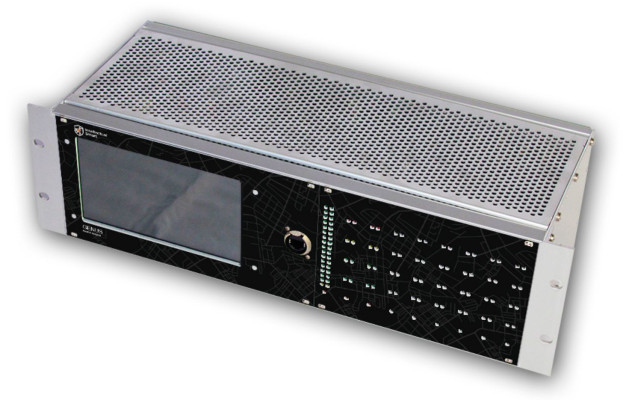
GENUS traffic controller
- Has the best price/quality ratio among the competitors’ analogues;
- Has all functions as top worlds solutions;
- Programmable, coordinated and adaptive modes.
GENUS traffic controller
Traffic light controllers:
- Microprocessor control system;
- Support for up to 130 signal groups;
- Support up to 256 transport detectors;
- Ability to display information on the controller screen;
- Possibility of remote control of light signals;
- Possibility of remote control and installation of program plans;
- Ability to work in a wide temperature range from -40 ° C to 60 ° C;
- Possibility of remote monitoring and/or configuration via GPRS or Eth. protocol;
- Built-in diagnostics and the possibility of detailed recording of events and errors in the controller archive;
- Ability to record data from traffic intensity sensors, as well as the status of the operating mode of the traffic light controller;
- Built-in real-time clock;
- The ability to work with an external backup power source;
- The ability to work with sound alarm devices for the blind;
- Ability to work with request buttons for pedestrian crossing;
- Built-in monitoring and alarm of malfunction of lamps and detectors;
- Ability to test signal groups and peripherals before launching the program;
- Built-in USB, RS232, RS485, ETH interface ports and/or equivalent;
- The ability to provide backup (4G, optical or other, at the discretion of the candidate)
- Built-in motion control interface (UTC);
- Possibility of manual local traffic control via an external manual control panel-police station;
- On-site diagnostics and management capability;
- Support for the open communication protocol OCIT or other equivalent standardized communication protocol with a color signal, which will ensure further system updates;
- Possibility of integration with the existing system of ensuring the advantages of urban transport vehicles (type Opticom ® GPS Priority Control System)
- Compatibility with the following standards: EN50556; EN12675; EN50293; EN61508;
- Possibility of remote monitoring and control using traffic management software;
- The ability to work with various cyclograms set at different intervals of the day according to a preliminary plan;
- The possibility of full preliminary testing of the working program with developed models for signaling conflicts and errors;
- The ability to provide a coordinated mode in a group of neighboring controllers based on local and/or centralized synchronization;
- The ability to change the configuration, introduce software updates without stopping and interrupting the traffic light;
- The ability to connect and report data from any of the following types of traffic detectors (in order to ensure the possibility of updating the system in time):
- Video detectors;
- inductive framework;
- radar detectors;
- magnetic detectors;
- infrared technology detectors

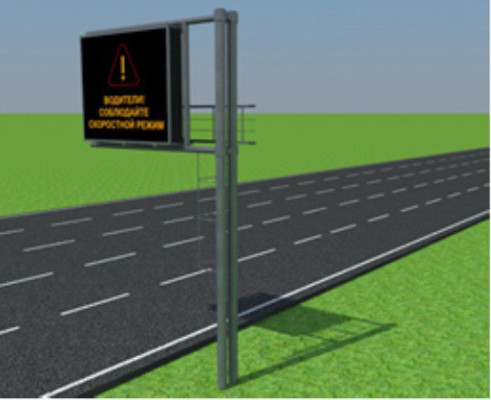
GENUS Variable Message Signs
- Informs drivers about the traffic situation and upcoming major events;
- Can be used both in city and at highways;
- Can be used for direct and indirect traffic management.
GENUS Variable Message Signs
VMS information panels with changing content:
- Able to change images or text.
As for the display, information panels with changing content meet the following requirements:
- Sensor for taking into account ambient light levels;
- At least three working lines;
- An effective field of one character with a size in accordance with the recommendations specified in paragraph D.2 Part of Annex D of the EN 12966 standard;
- Raster: minimum 6 mm and maximum 20 mm;
- Color-at least two colors to choose according to Class C2 (*EN 12966) or equivalent;
- The tray uses capital letters, numbers and symbols, CMYK or RGB standard amber color or equivalent, in the same font from the beginning to the end of the message;
- Panels use letters, numbers and symbols (text or graphics) with a height of 20 to 30 cm, or other approved by the developer;
- Horizontal and vertical viewing angle -according to Class B6 (*EN 12966) or equivalent;
- Display brightness-according to Class L3 (*EN 12966) or equivalent;
- Display contrast-in accordance with Class R3 (*EN 12966) or equivalent;
- Electrical characteristics in accordance with the recommendations specified in paragraph 8.4 of EN 12966 or equivalent;
- Power supply: 200 to 250 VAC (frequency 50 Hz ± 1%);
- Temperature range of operation of information panels with varying contents from -40 ° C to + 60 ° in accordance with Class T3 (* EN 12966) for minimum temperature, class T1 (*EN 12966) for maximum temperature;
- High energy-efficient LED technology;
- Automatic brightness control for visibility in all lighting conditions during working hours;
- Self-diagnosis of malfunctions of LED modules;
- Modular replacement of tray components in order to facilitate and quickly eliminate the accidents that have occurred;
- A set of fonts for writing Cyrillic and Latin;
- Free text and positioning of the symbol /symbols, flashing and scrolling (scrolling) information;
- Moisture-proof and vandalism-proof design of external components;
- The display case is made of high-quality material, powder-coated and resistant to aggressive weather conditions;
- The completeness of all the surfaces of the headboard do not lead to spectral (mirror) reflection, which distracts road users;
- The front panels of the headboard is designed in such a way that there is no part of the message that is displayed to be closed when viewing the position required for vision;
- The headboard is designed in such a way as to minimize the effect of darkening and snow-covering its functional part;
- Displays is made of UV and scratch-proof materials, and an easy-to-disassemble troubleshooting method should be used;
Open communication protocol
- Displays with adjacent devices is equipped with communication means to check the functioning of the equipment;
- Use a standard communication interface (Eth., GPRS, Bloetooth or equivalent), which allows you to update the firmware via the network;
- The display can work without connecting to a central control center, and then is possible to display predefined information or information from a third independent source (weather station or other peripheral device);
- The software for managing VMS displays allows remote monitoring, redefining messages from the operator, tracking tray parameters included in the VMS system.

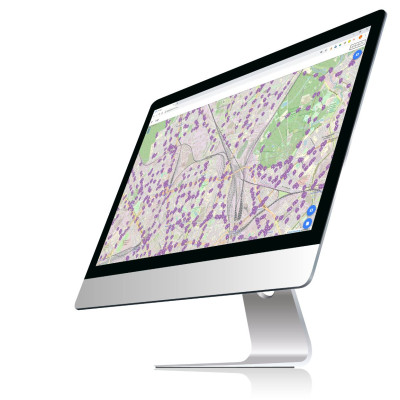
GENUS CITY software
- Designed to automate the management and optimization of traffic flows through traffic control elements, developed with the most modern technologies and traffic management.
GENUS CITY software
SMARTTRAFFIC SPECS
An intelligent software traffic management system should have the following functionality:
- The ability to monitor and manage and control traffic signalling and traffic collection sub-systems-information about the city, as well as provide information on the condition of technical equipment at intersections related to traffic management, in order to ensure adequate service more effectively;
- The possibility of enabling additional intersections and traffic control systems in the city;
- The ability to automatically change signal programs at intersections that are included in the system;
- The possibility of strategic traffic management based on the transport model;
- The ability to provide real-time traffic status information using electronic information panels (VMS) and other channels, such as the Internet, mobile and smart phone services and applications;
- The ability to ensure the selective priority of urban transport vehicles;
- Centralized control of traffic lights, including:
- Local flexible real-time management;
- Fixed time plans;
- Emergency mode (green wave plans);
- Plans imposed by the operator in color;
- Selective priority for urban transport vehicles;
- Traffic management in the corridors;
- Availability of schedule functionality that allows you to program and automatically select different time plans; - System users/operators should be able to run predefined alarm programs;
- Implementation of plans at the operator's request-with an advantage over automatic selection of time plans;
- Remote monitoring of traffic lights and related equipment, with alarms in case of damage;
- Audio and visual location-based alarms notifying System operators of inferiority, error, technical malfunction of equipment, etc.;
- Remote clock synchronization of local controllers;
- The ability to group connected equipment in sub-districts;
- Different access levels for operators and system administrators, etc.;
- Suitable graphical operator interface for easy system handling;
- Equipment and remote access interface for system operators configuration of controllers controlled through the system;
- System log of all automatic and dispatching commands;
- System users should have access to updated and archived bandwidth-information in tabular form and/or schedule, and generated reports can be exported to at least pdf and Excel file formats;
- Ability to export data for instant phase state and backup data for at least 60 days up to a maximum of 365 days ago from the date of the export request;
- The system allows you to create a disk array: Raid 0/1/5/10 to ensure reliable data history recording.
- Collecting statistical information from traffic lights into a database
- The ability to selectively search for data with filtering in redefined reports and on-demand reports with the ability to search for at least 2 to 4 or more simultaneously entered search criteria (for example: location, search date to be determined, a certain time of day, the phase-determined state of the controller command, etc.);
- The system must have the ability to expand and update by integrating into information dissemination systems based on the Internet, mobile and smart phones and applications;
- The ability to connect electronic information panels (VMS);
- The built system should be open for future updates and integration, the prerequisite for this is the use of standard communication protocols (type JSON; MQTT or others of this class that support standard API functions).

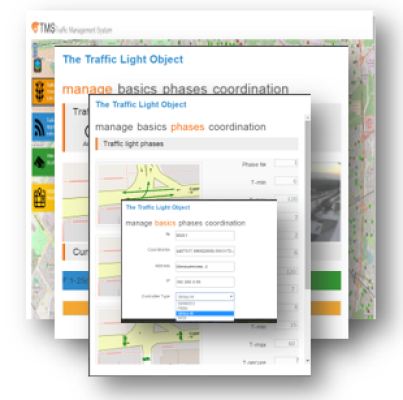
Software
- Software development according to individual requirements
Software
The ability to develop software for specific Customer requirements. We have experience in software development in the following areas:
- traffic management
- security systems
- tourism and travel
- recognition systems
- power supply and electric
- power systems
- smart city
- network security

Documents
Presentations
Contact us
8000, Burgas, Krayezerna St., 155, 1st floor, office 1

 Presentations
Presentations